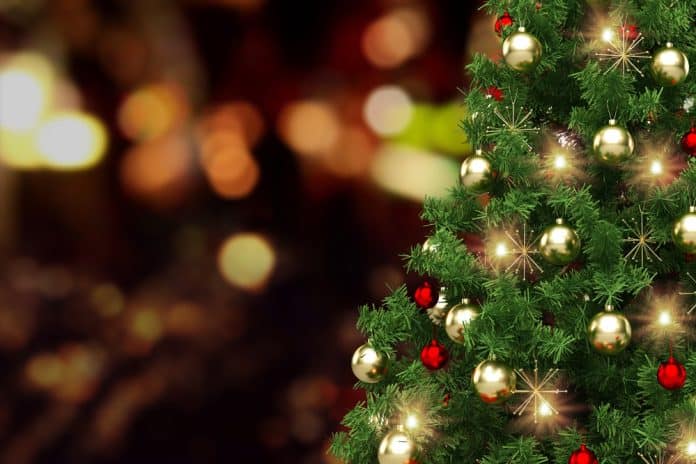Christmas trees are a very important part of the holidays for Americans and the world.
This year, getting a Christmas tree is more difficult than before. According to the History Channel:
“The history of Christmas trees goes back to the symbolic use of evergreens in ancient Egypt and Rome and continues with the German tradition of candlelit Christmas trees first brought to America in the 1800s. Long before the advent of Christianity, plants and trees that remained green all year had a special meaning for people in the winter. Just as people today decorate their homes during the festive season with pine, spruce, and fir trees, ancient peoples hung evergreen boughs over their doors and windows. For many Americans, Christmas trees are among their most treasured symbols of the season.”
During the 2021 holiday season, many Americans have found it harder than ever to buy a Christmas tree.
The American Christmas Tree Association has said this year’s supply of real Christmas trees will be squeezed by the summer’s heat dome in the Pacific Northwest, while supplies of artificial trees, largely coming from China, will be affected by the same shipping and labor problems plaguing many industries.
In an increase from 2020, nearly 6.5 million households that display a tree will display both a real and artificial tree this year. With extreme weather conditions in the Pacific Northwest and supply chain issues throughout the U.S. impacting availability, consumers who delay their tree purchase will face limited selection and fewer options than in years past. In the New York area, those going to buy trees this week found only smaller trees and thinner, younger trees than in years past.
Conversations with Christmas tree sellers point to the same story: price increases – perhaps by double-digits – are being assessed due to high shipping costs, weather issues, etc. Everything wrong with Christmas trees this year is tied to the ongoing global supply chain issues.
The American Christmas Tree Association’s 11th annual survey, conducted by NielsenIQ, finds that despite the issues, Americans are finding a way to get their holiday favorite. 94 million households – or about 75% of all of them – are displaying a Christmas tree. ACTA Executive Director Jami Warner said:
“We’re heartened to see that, even in the face of challenges posed by the pandemic, supply chain congestion, shipping container shortages, and extreme weather events, U.S. consumers have been able to continue their Christmas tree traditions in 2021.”
That may be true. But for many American consumers, getting their Christmas tree along with other holiday staples like roasted meats, fish, and more, means higher more prices overall. That shows no sign of ending soon.




